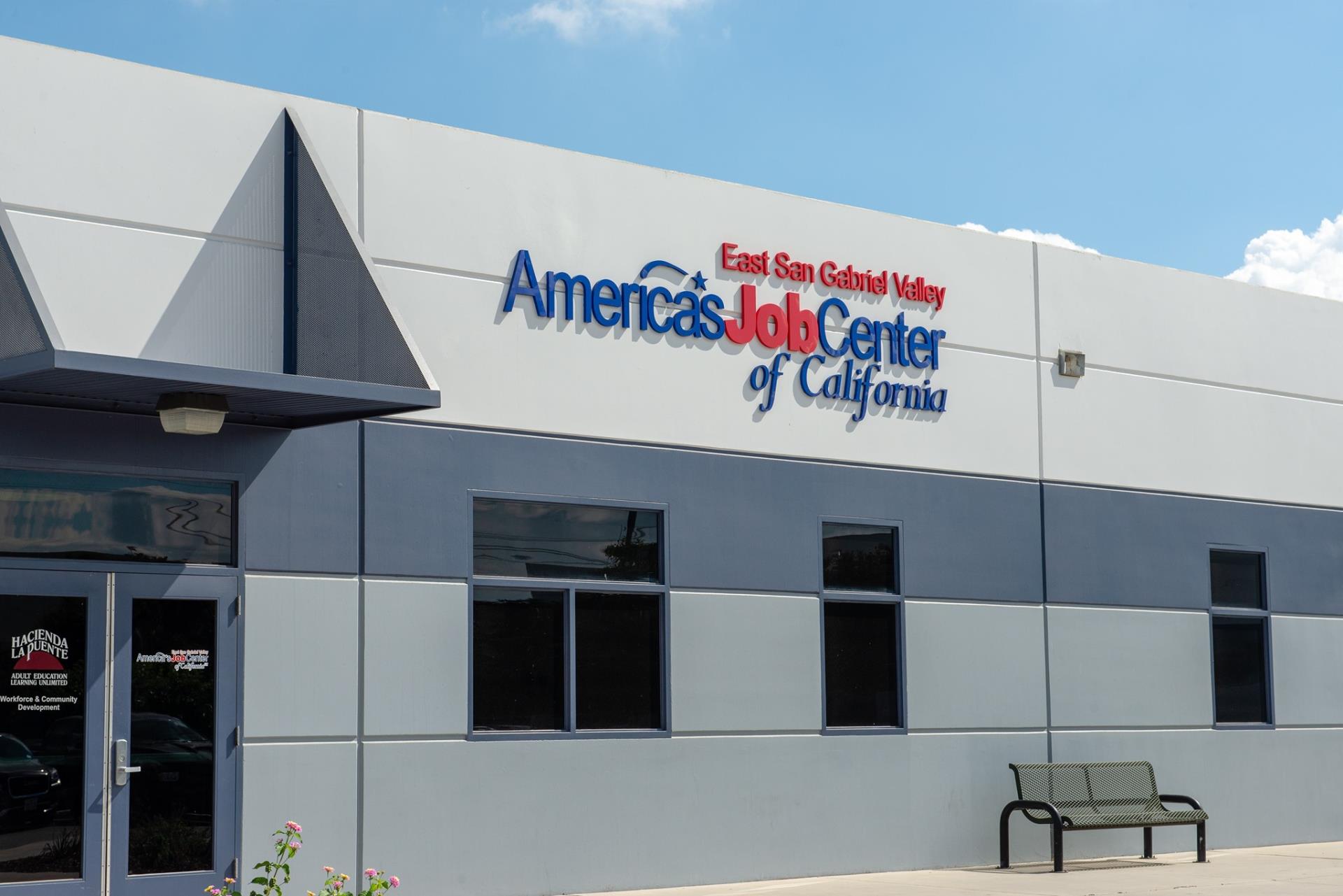U.S. job growth remained strong in June, with nonfarm payrolls increasing by 147,000, surpassing expectations and underscoring a labor market that continues to defy forecasts of a sharper slowdown.
Health Care and Government Lead Gains
According to the Bureau of Labor Statistics, the June payroll increase exceeded the consensus forecast of 110,000 new jobs. Revisions to earlier data also added strength, as both April and May totals were adjusted upward. Health care and social assistance employment rose by 59,000, while government hiring contributed 73,000 positions, largely at the state and local levels. Federal payrolls, by contrast, contracted by 7,000 jobs.
The unemployment rate ticked down to 4.1% in June, the lowest reading since February. Although that decline reflects fewer unemployed workers, it was also driven by a drop in labor force participation. The participation rate edged down to 62.3%, the weakest showing since late 2022.
Wage Growth Slows Further
Average hourly earnings continued to rise in June, reflecting a steady demand for labor. On a year-over-year basis, wages were up 3.7%. Despite the increase, the annual growth rate has now slowed to the lowest level recorded since last summer. The deceleration in pay increases suggests the job market is not exerting substantial pressure on inflation.
That moderation in wage growth is likely to factor into future monetary policy decisions by the Federal Reserve. Economists noted that while hiring remains solid, the absence of accelerating wages reduces the urgency for the Fed to act. The central bank is widely expected to wait until its September meeting to consider cutting the federal funds rate.
Labor Market Remains Resilient
Despite challenges that include a slowing housing market and lingering uncertainty in sectors such as manufacturing, the labor market has remained a bright spot in the broader economy through the first half of 2025. While the decline in participation could signal future constraints on growth, most analysts view the June data as evidence that employers still have confidence in demand.
The gains in state and local government hiring reflect budgets supported by steady tax revenues and public investment. Meanwhile, health care continues to add workers to meet rising demand for services.
With no immediate signs of significant job losses or wage surges, the June report reinforces expectations that the economy may achieve a gradual cooling without a sharp downturn.
Here’s a revised closing paragraph including an outbound link:
For residents and employers across the San Gabriel Valley, the June jobs report provides some reassurance that opportunities in health care and public services remain steady heading into the second half of the year. Those interested in more detailed employment statistics can visit the Bureau of Labor Statistics website to explore the full report and supplemental data. The next employment update is scheduled for early August.


